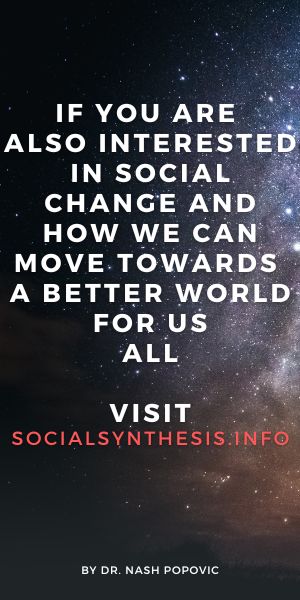THE MIND-BODY PROBLEM
One Gives Rise to Two

Written by Dr. Nash Popovic
There is another way to deal with the problem of causation, commonly known as dual aspect theory originally espoused by philosopher Baruch Spinoza (1632 – 1677). It ascertains that mind and matter are both manifest aspects of a more fundamental property of nature, which appear to interact by virtue of some unfolding, grounding process within nature itself.
So, the experiential aspect is inseparable from its physical correlate, but neither of them can be analysed in terms of the other. Renowned physicist Wolfgang Pauli, for example, finds this position appealing
It would be most satisfactory of all if physis and psyche could be seen as complementary aspects of the same reality. (Jung and Pauli, 1955, p.210)
A consequence of this perspective is that everything, including objects such as a stone or stick, has both a mental and a physical aspect. A modern version of this view is developed by David Chalmers, who claims that the fundamental feature behind mind and matter is information. Some objections to this view can be raised too:
- Dual-aspect theory seems more an attempt to avoid the problem than to solve it. Let us consider information, as Chalmers proposes. An often mischievously overlooked issue is that ontological status is given to an essentially epistemological concept. This is hard to spot because it is so widespread nowadays. For example, we say ‘genetic information’ – but genes, or for that matter, computers or books do not contain information. Genes contain some chemicals, books contain blots of ink, computers contain many micro switches (or, if you like, 0s and 1s). We make them information. An event or sequence of events become information only if it is cognised. They remain potential until encountered by somebody who is able to be informed. Imagine a book written in an obscure language that nobody understands anymore. The book will remain a source of only potential information forever. In the above cases, we use ‘information’ as a sort of shorthand because we assume an actual conscious recipient. But using the term when the recipient is explicitly excluded is a different matter. As a clinical neuroscientist and philosopher, Raymond Tallis, observes ‘if we remove this essential element of human intentionality… “information states” or “information-bearing states” can be made to encompass pretty well everything that happens or exist’ (1994, p.25) – rendering the term ‘information’ meaningless. The concept that can mean anything means nothing. To be meaningful, ‘information’ cannot exclude the subject-object relationship. But, this means that an ability to experience or learn must be present for something to become information. Therefore, either the experience is prior to information, or information, experience and its physical correlate appear at the same time. In the former case information cannot be the fundamental property, while the latter endorses panpsychism (as argued by Whitehead and more recently Seager and Goff). This position necessitates that even a thermostat (as Chalmers tentatively suggests) has – albeit a very primitive – sentience. But this flouts the criterion of cohesiveness. Inanimate objects can be fully explained by physical principles, so it seems unnecessary to grant them another fundamental feature. The behaviour of a thermostat can be satisfactorily accounted for without it having the capacity to experience. The metal in a thermostat expands because of its intrinsic qualities and the laws of physics, not because it receives (feels) information that the temperature has changed. Becoming aware of and acting upon information is a very different matter from an automatic reaction: this distinction is only blurred but not explained by dual aspect theory.
- As with some other models already mentioned, this one is also unable to provide an adequate explanation of certain discrepancies between neural events and their phenomenal correlates (e.g. antedating, to be discussed below). If the physical and mental are, so to speak, two sides of the same coin, how is it possible that they are sometimes not in synchrony?

